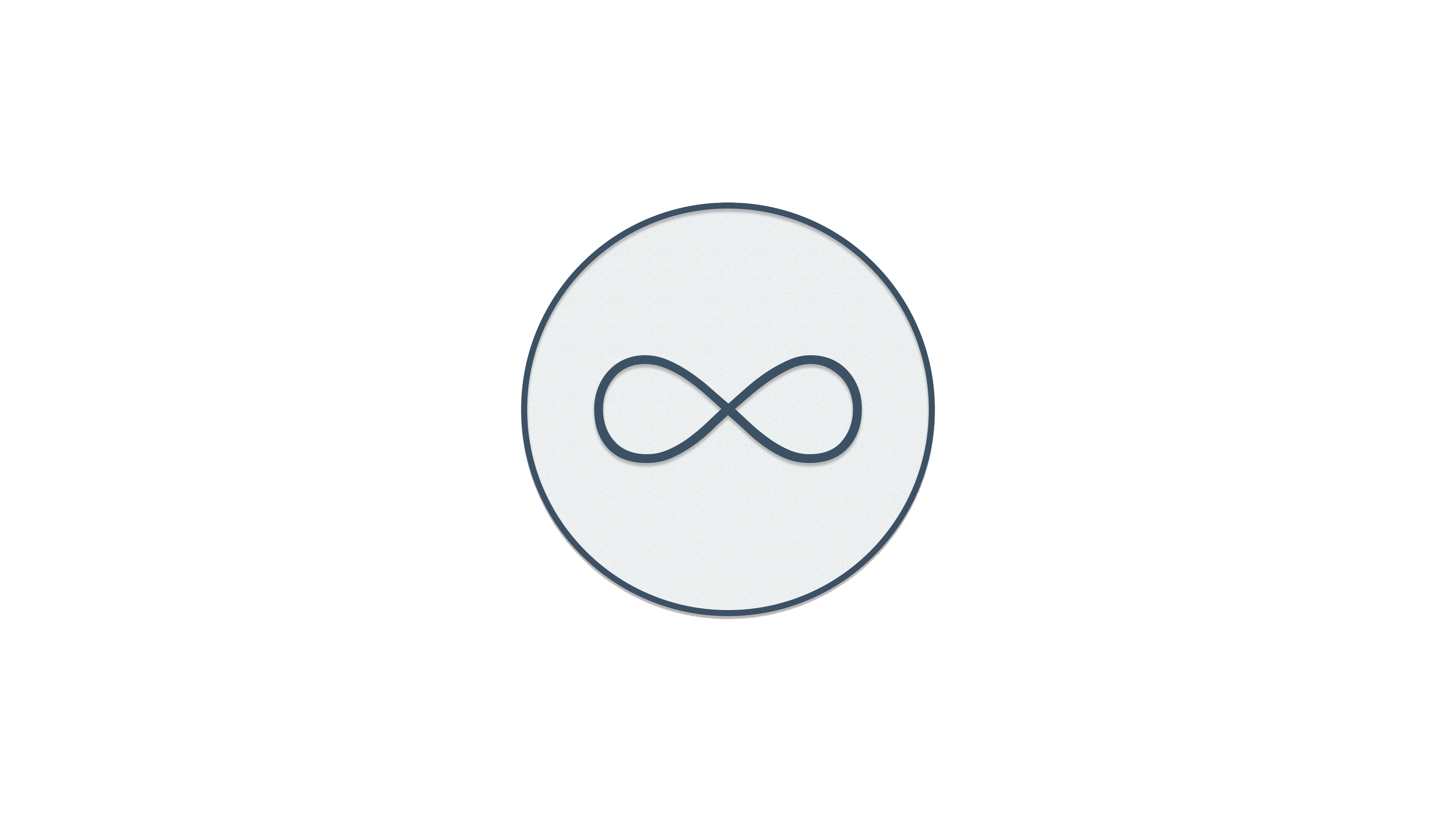Are we living in the same economy?
The economy isn't fractured—it’s dual-geared. Fast-lane professionals and slow-lane workers live in parallel realities. Strategy fails when you assume a shared perception.

It's a strange thing to ask. Are we living in the same economy, that is. But I can't stop thinking about it: What if we're not?
What if the reason economic data feels increasingly dissonant—jobs up, layoffs rising; wages up, debt soaring—isn't that the data is flawed, but that it's trying to describe two different realities at once?
I've been writing and thinking about the "dual-gear economy"—one where a fast lane of asset-rich, AI-leveraged professionals races ahead, while a slow lane of debt-burdened, structurally constrained workers falls behind. But lately, the challenge has shifted from describing that divergence to understanding why it feels invisible to most people.
And I think I'm beginning to see the reason: we don't just live in different economic conditions—we live in different perceptual worlds.
Why we struggle to see two economies at once
Humans don’t experience the economy abstractly. We experience it as the world around us:
- The prices at our grocery store
- Whether our friends are being laid off
- The feeling of stability when our rent clears or our stock plan vests
That personal lens is both necessary and misleading. It anchors us, but it also makes it hard to see that others are living in a different economy entirely.
This creates what I'd call a "perception trap." Each lane in the economy (fast or slow) becomes self-reinforcing:
- If you're doing well, you assume inflation is under control, AI is helpful, the labor market is tight.
- If you're under pressure, you see inflation in everything, AI as a threat, and jobs as increasingly precarious.
And both are right.
Because both are real.
They’re just not the same world.
The Fast Lane and the Slow Lane aren't just income bands
Let's define what we’re really talking about:
- Fast Lane: People with capital leverage (assets, equity), time leverage (automation, AI), and social leverage (networks, reputation). Their biggest problem is focus.
- Slow Lane: People with limited agency—constrained by debt, low-margin work, unstable housing, or variable hours. Their biggest problem is surviving volatility.
These aren't just income brackets. They're structural positions—ways of being inside the economy.
And crucially: each lane increasingly lacks visibility into the other.
The Median Strip: Seeing both worlds, belonging to neither
Here's where the metaphor stretches—but maybe usefully. There's a third category I'm starting to see: the median strip.
These are:
- Freelancers adapting fast
- Mid-career professionals switching industries
- People leveraging AI to build new income streams, but without institutional backing
- Bootstrapped founders, solopreneurs, creators
They're exposed to the same pressures as the slow lane (no safety net), but are experimenting with the same tools as the fast lane (AI, leverage, asymmetric models).
They don't feel safe, but they don't feel stuck either. They feel like they're in motion—but often alone.
The median strip is psychologically hard to occupy. It demands belief in a better future, without structural support to guarantee one. But it may also be the most adaptive economic posture available right now.
Why it’s hard to talk about a split economy
There's a good reason this framing isn't more widely discussed: It violates the baseline narrative we've all absorbed for decades.
- "The economy" is treated as a single thing.
- Metrics (GDP, inflation, payrolls) are reported in aggregates.
- Policymakers speak as if one rate, one tool, or one intervention applies to all.
But that's no longer true.
The fast lane experiences 3% inflation as a rounding error. The slow lane feels it as a weekly existential threat. One group sees job automation as productivity; the other sees it as erasure.
When averages mask divergence, they become tools of misdiagnosis.
What this means for strategy, communication, and leadership
If you're a strategist, marketer, executive, or policymaker, this dual-economy model isn't just theory—it's a lens shift. And it changes how you operate.
1. Stop assuming shared reality: The people you're selling to or designing for may not inhabit the same economic world you do.
2. Understand which lane your audience lives in: And adapt your messaging, pricing, product, and GTM accordingly.
3. Watch the median strip: That's where adaptation is happening in real time. Ignore it, and you’ll miss both threats and opportunities.
Still a working theory
I'm not claiming this is the final answer. But the more I look at macro data, credit markets, customer behavior, and personal networks, the more I think we're not asking the right question.
We keep asking:
Is the economy growing or shrinking? Are we in a recession or not?
But those are single-lens questions.
The better question might be:
Are we even in the same economy? Or have we entered an era of split realities—two economies, two experiences, two stories running in parallel?
And if that's true, what would it take to see both clearly?
